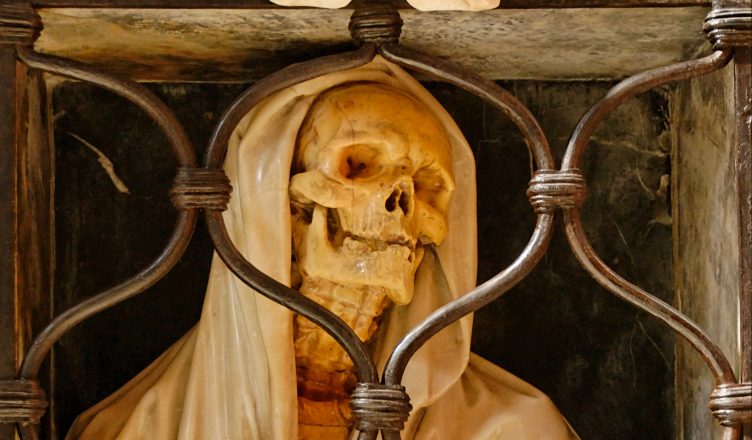When you think of the dead, what do you think of? Is it the image of lost souls sunken and decaying in the ground with little mementos of their lives? Perhaps it’s an image of an ancient pharaoh wrapped up and mummified, left to crumble in a sarcophagus surrounded by items for his next life? Even with these images, do you ever think of deceased saints covered in gold and encrusted and with jewels, or human remains used to create decorative and artistic installations, or even the catacombs?
The point is that death is all around us; it takes up so much of our time, energy, and living years. This is especially true for various cultural and ethnic traditions revolving around the display, treatment, and remembrance of the dead.
The remembrance and reverence of the dead is unique to different cultures. This remembrance can range anywhere from exhumations, to ritualistic burials, and from relics, to celebrations. For some, the thought of exhuming their deceased family members is blasphemous and barbaric, but for others, it is a traditional comfort, as they know they’ll be connected to their loved ones in person and in spirit. For example, in Madagascar families exhume their deceased relatives yearly to participate in something called “Dance of the Dead,” where they do just what the name says—dance and party with their deceased relatives. Through the deceased, we can see in what ways the dead are not only presented, but also how the living interact with them: culturally, traditionally, politically, and emotionally. These bodies and practices become boundaries not only between the living and the dead, but also the past and the present, the church and the state, and the private and the public.





